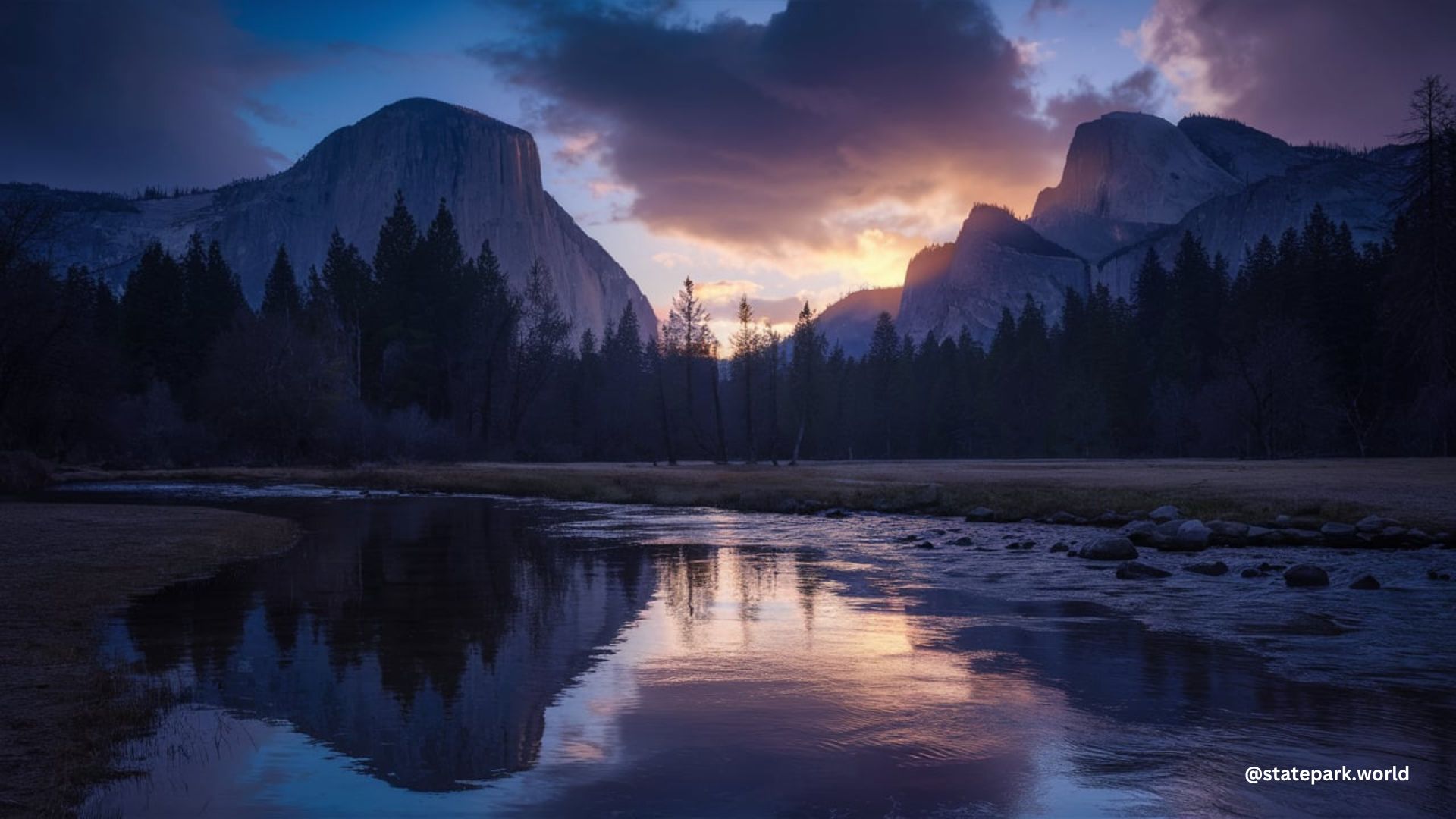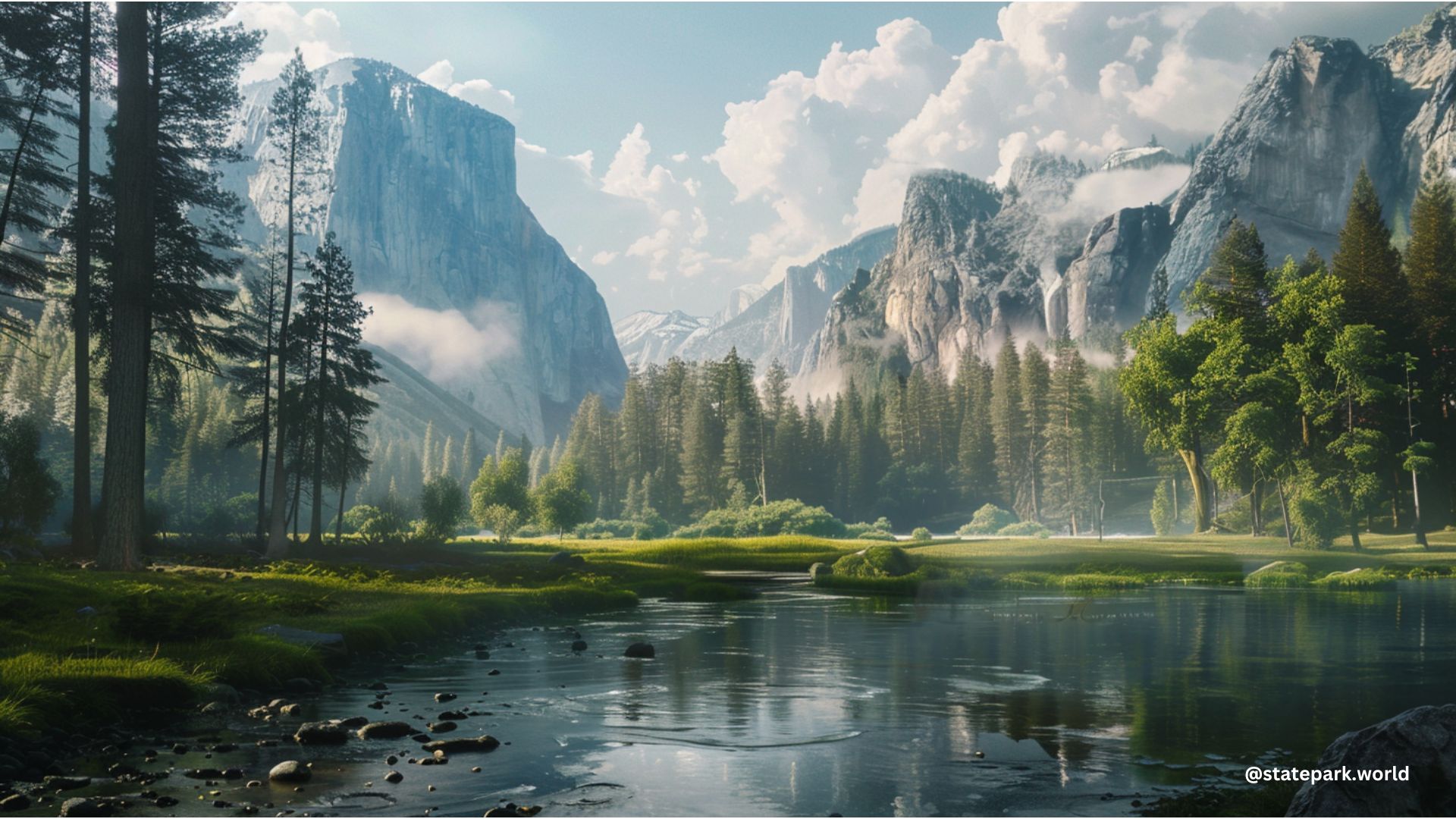Yosemite National Park is home to the magnificent giant sequoias, the third-longest-lived tree species on Earth. These towering giants can live for over 3,000 years and are found in three distinct groves within the park: Mariposa Grove, Tuolumne Grove, and Merced Grove. Discover the awe-inspiring beauty and fascinating history of these ancient trees as we delve into the world of Yosemite’s giant sequoias.
The Majestic Mariposa Grove
The Mariposa Grove is the largest of the three sequoia groves in Yosemite, boasting over 500 of these colossal trees. Located near the park’s South Entrance, the Mariposa Grove underwent a major restoration project from 2015 to 2018, which aimed to improve the overall health and visitor experience of the grove.
Highlights of the Mariposa Grove
- The Grizzly Peak, one of the largest and oldest trees in the grove, stands at over 200 feet tall and has a diameter of over 30 feet.
- The Fallen Monarch, a massive sequoia that fell centuries ago, is now a popular spot for visitors to explore and photograph.
- The Mariposa Grove Museum, located at the lower grove, provides educational exhibits and information about the history and ecology of the giant sequoias.
Exploring the Smaller Groves

While the Mariposa Grove is the main attraction, Yosemite also boasts two smaller sequoia groves: the Tuolumne Grove and the Merced Grove. These groves offer a more secluded and peaceful experience for visitors, as they are less crowded and require a moderate hike to access.
Tuolumne Grove
- The Tuolumne Grove is located approximately 5 miles from the Yosemite Valley, and the hike to the grove is about 1.5 miles each way.
- This grove is home to around 25 giant sequoias, including the famous Sentry Tree, which stands guard at the entrance to the grove.
Merced Grove
- The Merced Grove is the smallest of the three sequoia groves, with only about 20 trees.
- The hike to the Merced Grove is approximately 1 mile each way, with a 500-foot elevation gain on the return trip.
- This grove offers a more intimate and serene experience, as it is less visited than the Mariposa and Tuolumne Groves.
Visiting the Groves
Accessing the Mariposa Grove can be done via a free shuttle service from the Mariposa Grove Welcome Plaza, which operates from mid-April to late November. During the winter months, when the road is closed, visitors can hike, snowshoe, or cross-country ski to the grove.
The Tuolumne and Merced Groves, on the other hand, can only be reached by hiking, as there are no roads leading directly to these groves. The hikes to these groves range from 1 to 1.5 miles, with a moderate elevation gain on the return trip.
Preserving the Giant Sequoias
The Yosemite Conservancy, in partnership with the National Park Service, has played a crucial role in the preservation and restoration of the giant sequoias. The Mariposa Grove Restoration Project, completed in 2018, addressed the declining conditions of the grove and aimed to improve the overall health and visitor experience.
Conservation Efforts
- Removal of non-native trees and plants to restore the natural ecosystem
- Improvement of drainage and soil conditions to support the sequoias’ growth
- Relocation of parking and visitor facilities to reduce the impact on the grove
- Enhancement of interpretive and educational opportunities for visitors
By understanding the importance of these ancient trees and supporting conservation efforts, we can ensure that the giant sequoias of Yosemite National Park continue to thrive for generations to come.
Conclusion
The giant sequoias of Yosemite National Park are truly awe-inspiring natural wonders. Whether you explore the vast Mariposa Grove, the more secluded Tuolumne Grove, or the intimate Merced Grove, you’ll be captivated by the sheer size, age, and beauty of these remarkable trees. As you plan your visit to Yosemite, be sure to allocate time to immerse yourself in the majesty of the giant sequoias and learn about the ongoing efforts to preserve these living legends.

